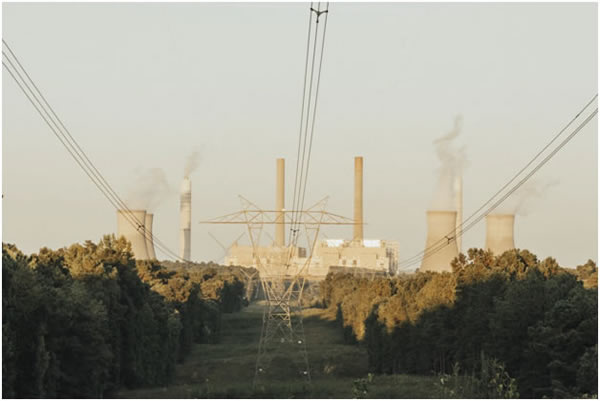
Consumers can also take advantage of market-indexed prices, time-of-use rates, fixed-priced contracts, prepaid energy options, solar leasing programs, and many more. The best part is that it’ll only take two weeks at most (from your last meter read) before you can switch from one electricity provider to another. It’s even possible to alter dates in the future for your switch, thanks to “Forward Switches”.
However, before switching to another energy supplier, here are some things that you need to know:
Determine If You Have Energy Choice
This is the first thing you need to keep in mind. While most Texans have been enjoying a straightforward process of choosing their energy providers since 1999, other cities in the said state can’t do so. These include:
- Austin
- Beaumont
- El Paso
- Lubbock
- San Antonio
- The Woodlands
Before deregulation in 2002, the said cities had electric co-op or municipal electrical service. In other words, they were grandfathered in to stay regulated. If you live in any of these cities, you cannot switch to another energy provider, unless the legislature in the state will change its law to bring electricity choice to every Texan.
Energy Supplier over Utility
In a retail energy market, there’s always an electric utility and an energy supplier. An electric utility owns and operates electric wires that transmit power into your house or business. Meanwhile, an energy supplier sets your rate (i.e., how much you pay per kWh) and contract term. They usually work together, but consumers can work with just one over another or both.
Between the two, you may want to opt for an energy supplier. They tend to secure your rate for your energy service and can offer you a fixed-rate electricity plan, helping you to avoid the risk of inflation when market conditions change. On the other hand, an energy utility usually offers a variable-rate plan, which is prone to price hikes.
Use Quote Generator
If you’re still unsure whether you should opt for another supplier or not, use a quote generator. It’s time for you to switch if the quote you’ll get is lower than your current energy bill and is offered by a different supplier. Conversely, if the quote you’ll get is offered by your current supplier but still costs lower than your current bill, contact them to alter the tariff.
Canceling your energy deal may come with some charges (e.g., exit fees), especially if you’re on a fixed rate tariff. Be sure to check these fees first with your existing supplier before switching to another. Also, make sure to compare Texas energy rates. The good news is that you’re more likely to get a better deal if you never changed suppliers or haven’t in a long time.
Check What Constitute Overall Energy Costs
Supply and distribution constitute your monthly energy bill. The supply portion covers all the costs meant for powering your house. By contrast, the distribution portion covers all the costs for obtaining energy from the generation source, transmitting it to substations, and distributing it to your home's power lines.
While both categories fluctuate almost every month depending on market conditions, the supply portion usually constitutes the highest charges in your bill. Make sure to opt for a supplier with the most competitive rates. Doing so can significantly lower both supply and distribution costs, particularly in deregulated markets.
Having said that, the most inexpensive energy supplier may not be the best. Sometimes, the lowest price providers have issues in regards to billing, deposits, and customer service. What’s worse, other companies also offer the lowest lead-in rate for some months just to lure you to switch. The moment you sign a contract with them, they might escalate your rates.
Other energy suppliers require you to use a specific amount of energy so you can obtain a lower rate. However, if you happen to use more energy than required, you'll be charged at a higher rate. That's why it's crucial to look over the whole contract provided by each energy provider before switching.
Compare Services
Many energy suppliers that offer incentives like rebate card programs, time-of-use discounts, and bundled plans. For example, opt for bundles with products like energy management devices and services like home energy audits or HVAC system maintenance. Taking advantage of them can help you save a lot of money. What you’ll have to do is to check those out with the energy company options online or in your area.
Takeaway
We want to control our household budget as much as possible, especially at this time of crisis caused by the COVID-19 pandemic. Before switching to another energy provider, consider the energy provider’s rate, terms, customers’ ratings, eco-friendliness, and other incentives that help you save more money.
